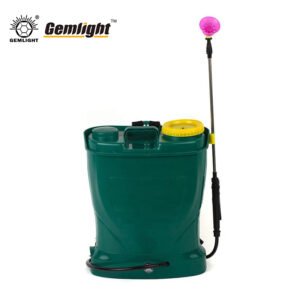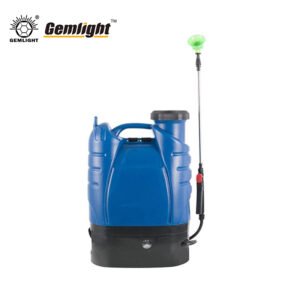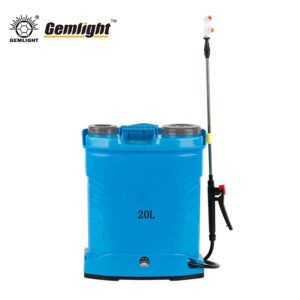Factory-Direct Brush Cutting Machete for Professionals
1. The Role of a Brush Cutting Machete in African Field Work
In many parts of Africa, traditional tools are still the backbone of rural productivity, and among them, the brush cutting machete stands out as a highly reliable and indispensable tool. Whether you’re dealing with wild overgrowth on the edges of a farm in Uganda or clearing dense bushland in Nigeria, the brush cutting machete remains one of the most effective hand tools for outdoor fieldwork.
Unlike standard blades, the brush machete is designed specifically for cutting through thick underbrush, dry cane, and thorny vegetation. Its longer blade and sharpened edge make it ideal for slashing through stubborn plant material that would otherwise require hours of manual labor or expensive machinery. This is particularly important in areas with limited access to fuel-powered equipment or electricity.
In agricultural regions of Kenya, Tanzania, and Ghana, machetes are used daily to prepare land for planting, maintain pathways, or harvest sugarcane. In some cases, they’re also used in agroforestry practices to shape trees and prune branches. The brush cutting machete combines portability with raw power, making it the preferred choice for both smallholder farmers and rural work crews.
Moreover, due to the varied terrain across the continent—ranging from thick forests to semi-arid shrublands—there is a growing demand for durable machetes that can withstand repeated use in tough environmental conditions. Factory-direct supply of such tools ensures consistency in quality and design, while also allowing customization for specific local needs. From slashing vines in the Congo to clearing invasive species in South Africa, the brush cutting machete continues to prove its value in Africa’s diverse outdoor work environments.
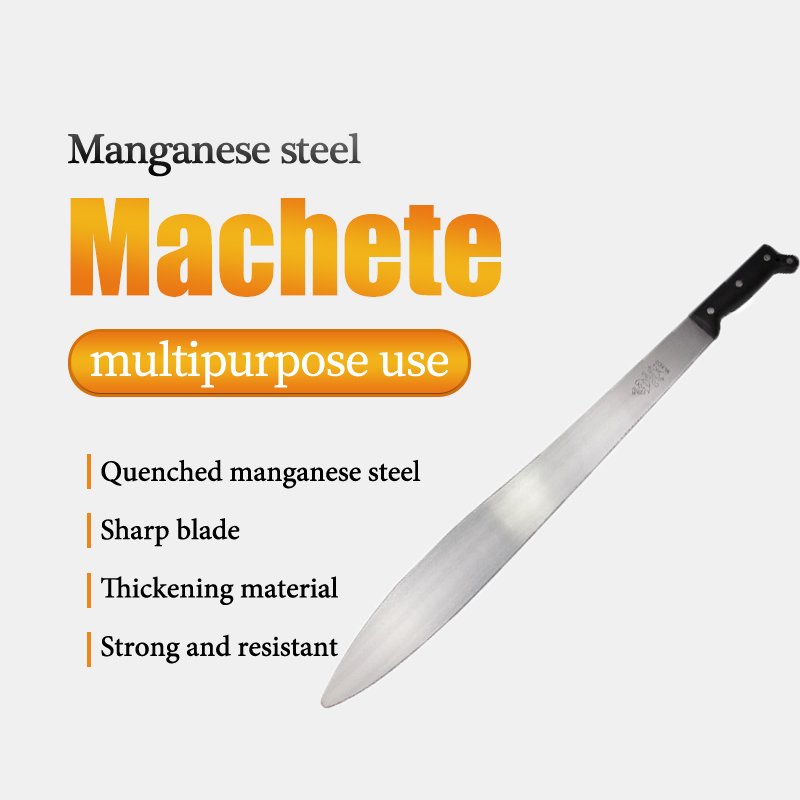
2. What Makes a Good Brush Machete for Harsh Terrain
Choosing the right brush machete is not just about picking a sharp blade; it requires an understanding of what constitutes performance in challenging field environments. African terrains are among the most demanding for handheld cutting tools, with thick vegetation, abrasive dust, and prolonged outdoor exposure. For these reasons, professionals across the continent seek out machetes that are durable, balanced, and purpose-built.
One of the key factors in a good brush machete is blade material. High-carbon or high-manganese steel is often preferred, as it holds an edge well and resists bending or breaking. In regions such as Malawi or the Democratic Republic of Congo, where machetes are used heavily each day, this durability ensures long-term reliability. A rust-resistant coating is also vital, especially in humid or coastal environments, where salt air and moisture can corrode lower-quality steel.
Blade shape and length also matter. In open farmland, a longer Latin-style blade might provide better reach, while in denser bush, a shorter, curved Panga-style blade can deliver greater control. Professionals favor blades with a consistent thickness and slightly weighted tips, which help generate powerful cutting force with each swing.
Equally important is the handle. A slip-resistant, ergonomic handle—often made of hardwood, polypropylene, or rubber—is essential for comfort and safety during extended use. Hand fatigue can lead to accidents, especially when clearing thorn bushes or climbing through uneven ground while cutting.
Finally, the best brush machete for harsh terrain is one that has been field-tested and optimized for local conditions. Professionals working in East Africa may need a different tool than those clearing cocoa fields in West Africa. Manufacturers that offer region-specific designs or allow bulk buyers to customize blade specifications stand out as reliable partners in outdoor tool supply.
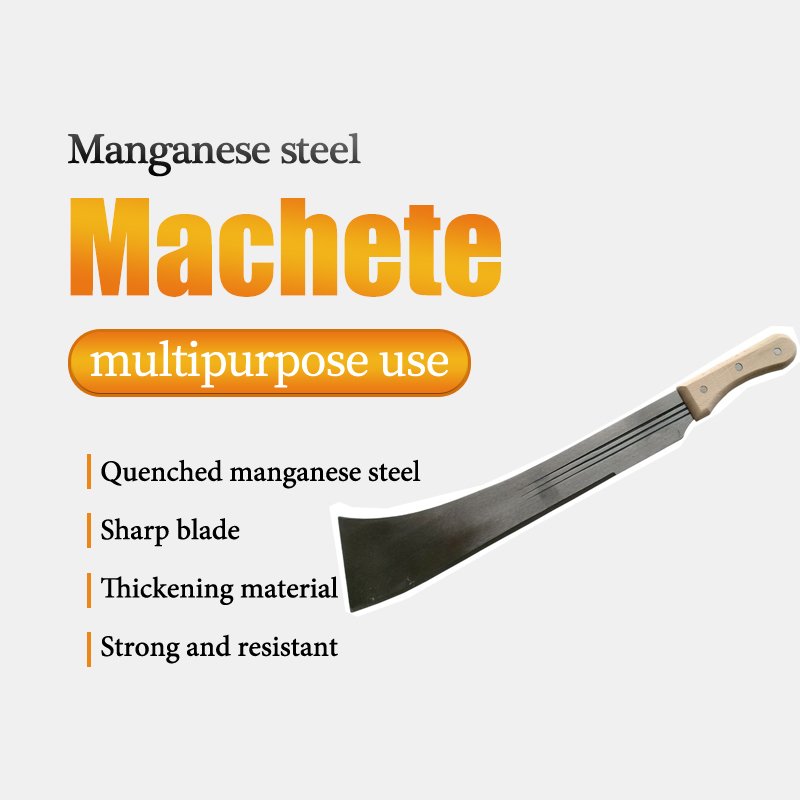
3. How to Identify the Best Brush Machete for Local Use
When identifying the best brush machete for localized use, it’s essential to match the tool’s characteristics with the specific vegetation and working conditions of the area. Africa’s diverse ecosystems—from Sahelian scrublands to tropical rainforests—require varied blade styles and features. A one-size-fits-all approach doesn’t work when efficiency and safety are at stake.
To begin with, professionals should assess the thickness and type of brush they intend to cut. For example, the Panga machete, with its broad belly and curved edge, is highly effective in cutting tall grasses and soft woody vegetation found in East Africa. On the other hand, Bolo machetes are suitable for areas requiring powerful chopping action, such as thick sugarcane plantations or overgrown cassava fields.
Another factor to consider is user strength and work duration. Lightweight machetes are ideal for fast swings and extended use, while heavier options offer more cutting power but may lead to fatigue. In countries like Sierra Leone or Liberia, where machetes are used not only in agriculture but also in construction clearing, having the right balance in blade weight is crucial.
Furthermore, the best brush machete must be easy to maintain in remote environments. A blade that retains sharpness longer, requires less frequent sharpening, and can withstand being stored in dusty or wet conditions is highly advantageous. Handles that can be replaced or repaired with basic tools are also a plus in rural areas with limited access to spare parts.
Lastly, price and availability matter. Importing branded machetes into landlocked regions can increase costs significantly. That’s why factory-direct sourcing of the best brush machete models—tailored to African fieldwork—is growing in popularity. Local NGOs, cooperatives, and tool retailers increasingly turn to manufacturers who offer durable, affordable, and region-appropriate solutions backed by consistent supply chains.
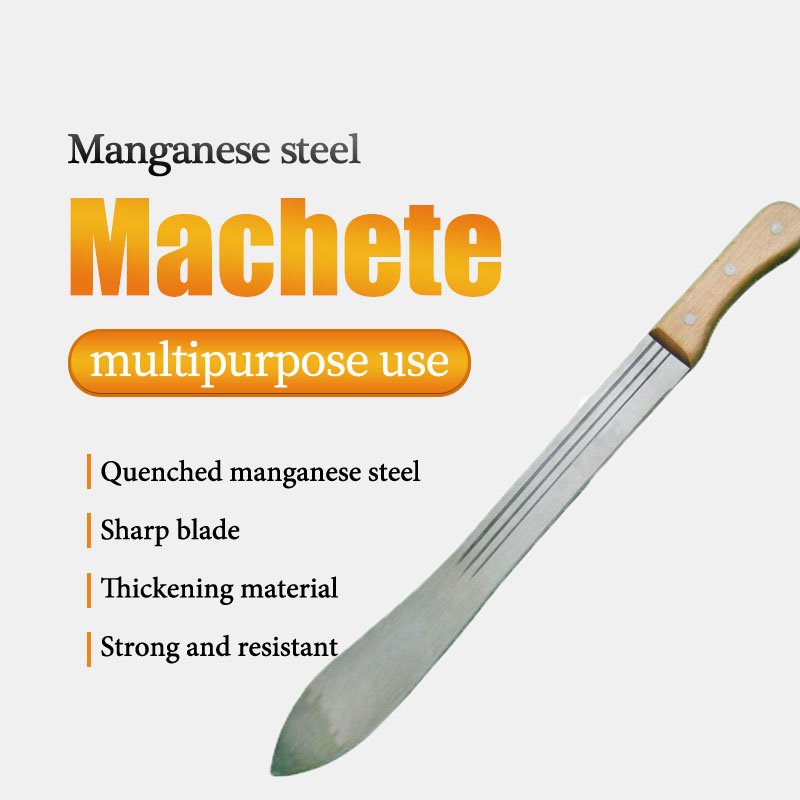
4. Factory Brush Cutting Machetes – Reliable Tools for African Markets
As a professional manufacturer with over 30 years of experience in agricultural and outdoor tools, our factory specializes in producing brush cutting machetes that are built specifically for rugged environments like those found across the African continent. Our products are not generic off-the-shelf items—they are tailored through in-depth customer feedback and field testing to ensure optimal performance under real working conditions.
Our most popular models for African clients include:
- Panga Machetes: Widely used in East and Central Africa for clearing bush, crops, and trail paths.
- Latin-Style Brush Machetes: Known for their long, slender blade—ideal for broad sweeping motions and light vegetation control.
- Weighted Machetes: Designed for extra chopping power, perfect for handling denser foliage or woody growth in regions like Angola or Cameroon.
All our machetes are manufactured with heat-treated high-carbon or manganese steel, offering excellent edge retention and resistance to bending. The blades are customizable in length (from 12” to 24”) depending on the client’s regional preference or task. We also offer OEM branding, blade engraving, and multiple handle options (wooden, plastic, rubberized grip) to suit both traditional preferences and modern ergonomic needs.
What sets us apart is our factory-direct business model, which reduces costs for distributors, wholesalers, and NGOs operating in African markets. Our logistics team is experienced in handling bulk shipments to major African ports such as Mombasa, Durban, and Lagos, and we support mixed container loading for flexible inventory planning.
We welcome inquiries from importers, project contractors, local tool shops, and development organizations seeking the best brush machete options tailored for African terrains. With a strong track record and a commitment to quality, our factory remains a trusted partner in delivering reliable brush cutting solutions across the continent.

